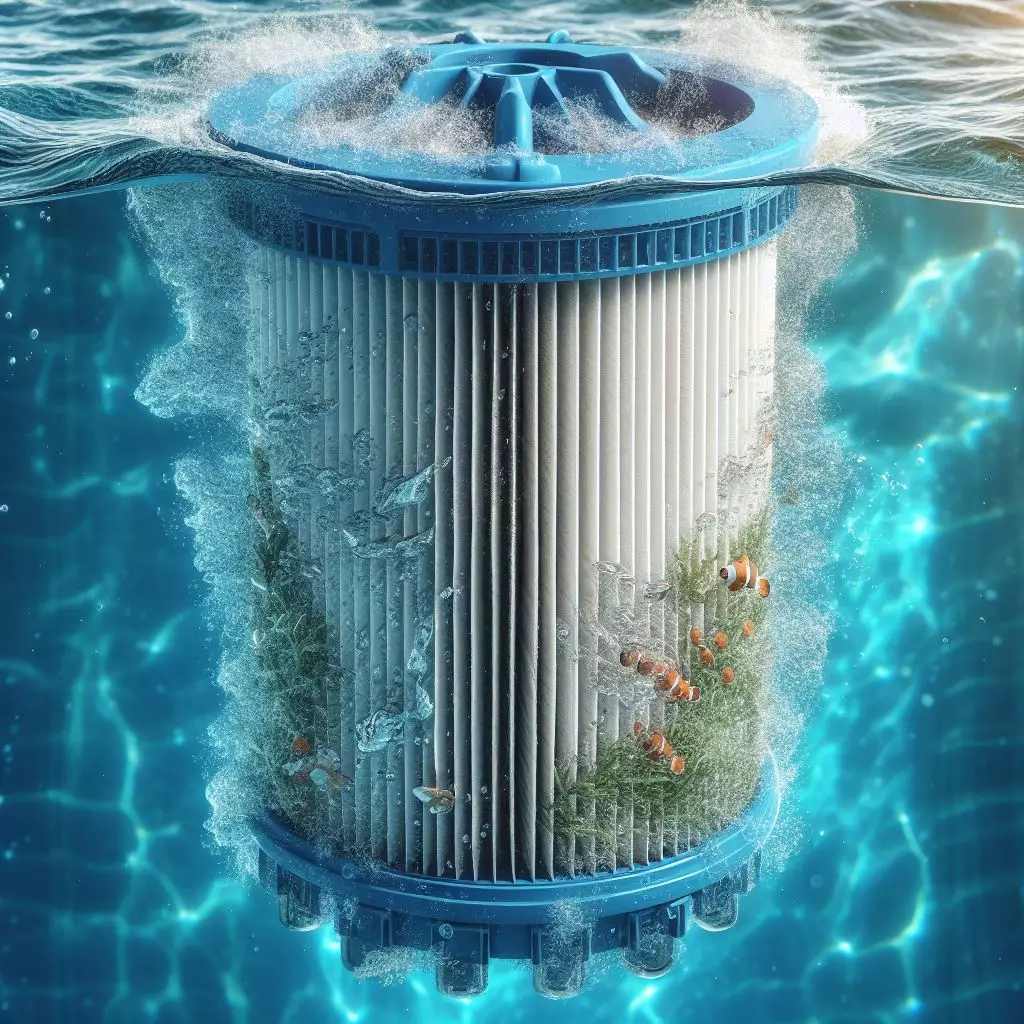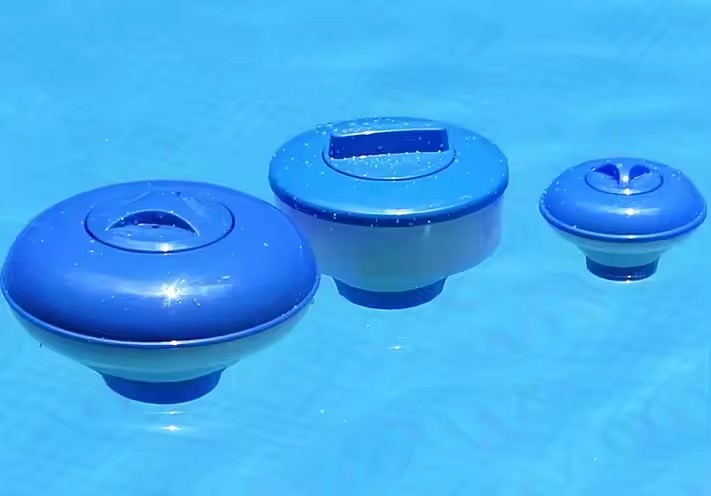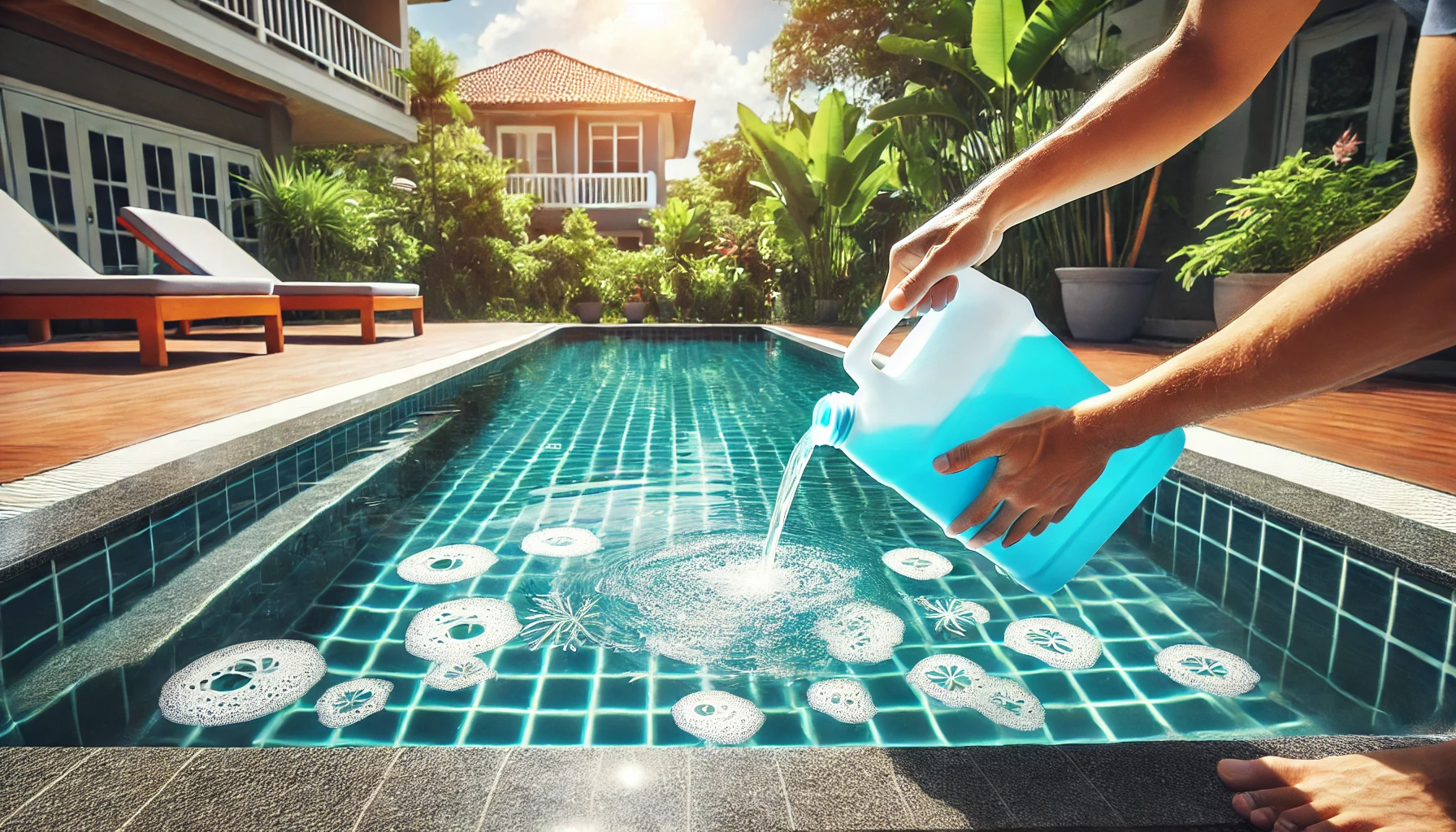Water filtration is a critical process in numerous industries and applications, including residential, commercial, and industrial settings. It plays a vital role in ensuring water quality by removing impurities, contaminants, and debris. Sand pool filters are widely used in water treatment systems due to their effectiveness in capturing particles and providing clean water for various purposes. In this article, we will delve into the specific advantages and superior filtration performance of stainless steel sand pool filters compared to other materials.

Understanding Sand Pool Filters
Sand pool filters are essential components of water treatment systems, particularly in swimming pools and spas, where maintaining clean and clear water is crucial for safety and enjoyment. These filters operate by passing water through a bed of sand, which traps and removes particles and impurities from the water. There are different types of sand pool filters available, including cartridge filters and DE filters, each with its unique characteristics and filtration mechanisms.
Stainless steel sand pool filters stand out due to their construction material, which offers several advantages over other materials commonly used in filter manufacturing. Stainless steel is highly resistant to corrosion, making it suitable for use in harsh environments or with chemically treated water. Additionally, stainless steel filters are durable and long-lasting, providing reliable filtration performance over an extended period.
Advantages of Stainless Steel Sand Pool Filters
Corrosion Resistance: Stainless steel is renowned for its exceptional resistance to corrosion, even in corrosive environments or when exposed to chemicals commonly used in water treatment. This corrosion resistance ensures that the filter remains intact and functional, maintaining its filtration performance over time without succumbing to rust or degradation.
Durability: Stainless steel filters are incredibly durable and robust, capable of withstanding high pressures and temperatures without compromising their structural integrity. Unlike filters made from plastic or fiberglass, which may crack or break under stress, stainless steel filters maintain their shape and functionality, ensuring consistent filtration performance.
Longevity: The longevity of stainless steel sand pool filters is another significant advantage, leading to cost savings and reduced maintenance requirements over the filter’s lifespan. Stainless steel filters have a longer service life compared to filters made from other materials, minimizing the need for frequent replacements and associated downtime.
Environmental Impact: Stainless steel is a sustainable and eco-friendly material choice for filter manufacturing due to its recyclability and minimal environmental impact. Unlike disposable filters made from plastic or paper, stainless steel filters can be recycled at the end of their lifespan, reducing waste and conserving natural resources.
Superior Filtration Performance
Efficiency: Stainless steel sand pool filters exhibit high filtration efficiency, effectively removing particles and impurities from the water to achieve clean and clear water quality. The porous structure of the filter media allows for efficient particle capture while maintaining adequate water flow rates.
Particle Retention: Stainless steel filters are capable of retaining smaller particles and debris that may escape other types of filters, leading to cleaner water and improved water quality. The fine mesh or perforated design of stainless steel filter media ensures thorough filtration, resulting in reduced maintenance and fewer instances of clogged filters.
Flow Rate: Stainless steel filters maintain consistent flow rates and water pressure, even under demanding operating conditions. The smooth surface and uniform structure of stainless steel filter media minimize pressure drop and flow restriction, ensuring optimal filtration performance without compromising water flow.
Maintenance: Stainless steel sand pool filters are easy to maintain and clean, requiring minimal effort and resources to ensure continued performance. Periodic backwashing or rinsing of the filter media helps remove accumulated debris and restore filtration efficiency, prolonging the filter’s lifespan and reducing maintenance costs.
Applications and Industries
Stainless steel sand pool filters find applications in a wide range of industries and settings where water filtration is essential for maintaining water quality and safety. These include:
Residential Swimming Pools and Spas: Stainless steel filters are commonly used in residential swimming pools and spas to ensure clean and safe water for recreational activities. Their durability, longevity, and superior filtration performance make them an ideal choice for homeowners and pool operators.
Commercial Water Parks and Resorts: Commercial water parks, resorts, and aquatic facilities rely on stainless steel sand pool filters to provide clean and hygienic water for guests and visitors. The robust construction and high filtration efficiency of stainless steel filters meet the stringent requirements of high-traffic water attractions.
Industrial Water Treatment Facilities: Industrial water treatment facilities utilize stainless steel sand pool filters to remove contaminants and impurities from process water, wastewater, and cooling water systems. These filters play a critical role in ensuring the quality and reliability of water supplies for industrial processes and operations.
Future Trends and Developments
The future of water filtration technology is marked by ongoing advancements and innovations aimed at improving filtration performance, efficiency, and sustainability. Stainless steel sand pool filters are expected to continue evolving to meet the changing needs and demands of various industries and applications. Some future trends and developments in stainless steel filter technology include:
Advanced Filtration Media: Research and development efforts focus on enhancing the filtration media used in stainless steel filters to achieve higher levels of filtration efficiency and particle retention. Innovations in filter media design and composition contribute to improved water quality and reduced maintenance requirements.
Smart Filtration Systems: The integration of smart technology and automation into stainless steel sand pool filters enables real-time monitoring, control, and optimization of filtration processes. Smart filtration systems utilize sensors, data analytics, and remote connectivity to enhance operational efficiency and performance while minimizing resource consumption.
Sustainable Manufacturing Practices: Manufacturers are increasingly adopting sustainable and environmentally friendly manufacturing practices in the production of stainless steel filters. These practices include using recycled materials, reducing energy consumption, and minimizing waste generation throughout the manufacturing process, aligning with global sustainability goals and initiatives.
Conclusion
In conclusion, stainless steel sand pool filters exhibit superior filtration performance compared to other materials, making them the preferred choice for various industries and applications. Their corrosion resistance, durability, longevity, and environmental benefits contribute to their effectiveness in achieving clean and clear water quality. As advancements in filtration technology continue, stainless steel filters will play an essential role in ensuring sustainable water treatment solutions for future generations.
This detailed expansion and deep dive into each section will contribute to the comprehensive exploration of why stainless steel sand pool filters exhibit superior filtration performance. Each subsection can be further expanded with specific examples, case studies, technical details, and references to provide in-depth insights into the topic. Additionally, incorporating visuals such as diagrams, graphs, and images can enhance the article’s clarity and engagement.


